Traveling with your feline friend can be an exciting adventure, but ensuring their safety and comfort is crucial. Cats are creatures of habit and can become stressed with changes in environment. Therefore, it’s important to prepare adequately before hitting the road. This guide will walk you through essential steps to make your car journey with your cat a smooth and safe experience.
Choosing the Right Carrier
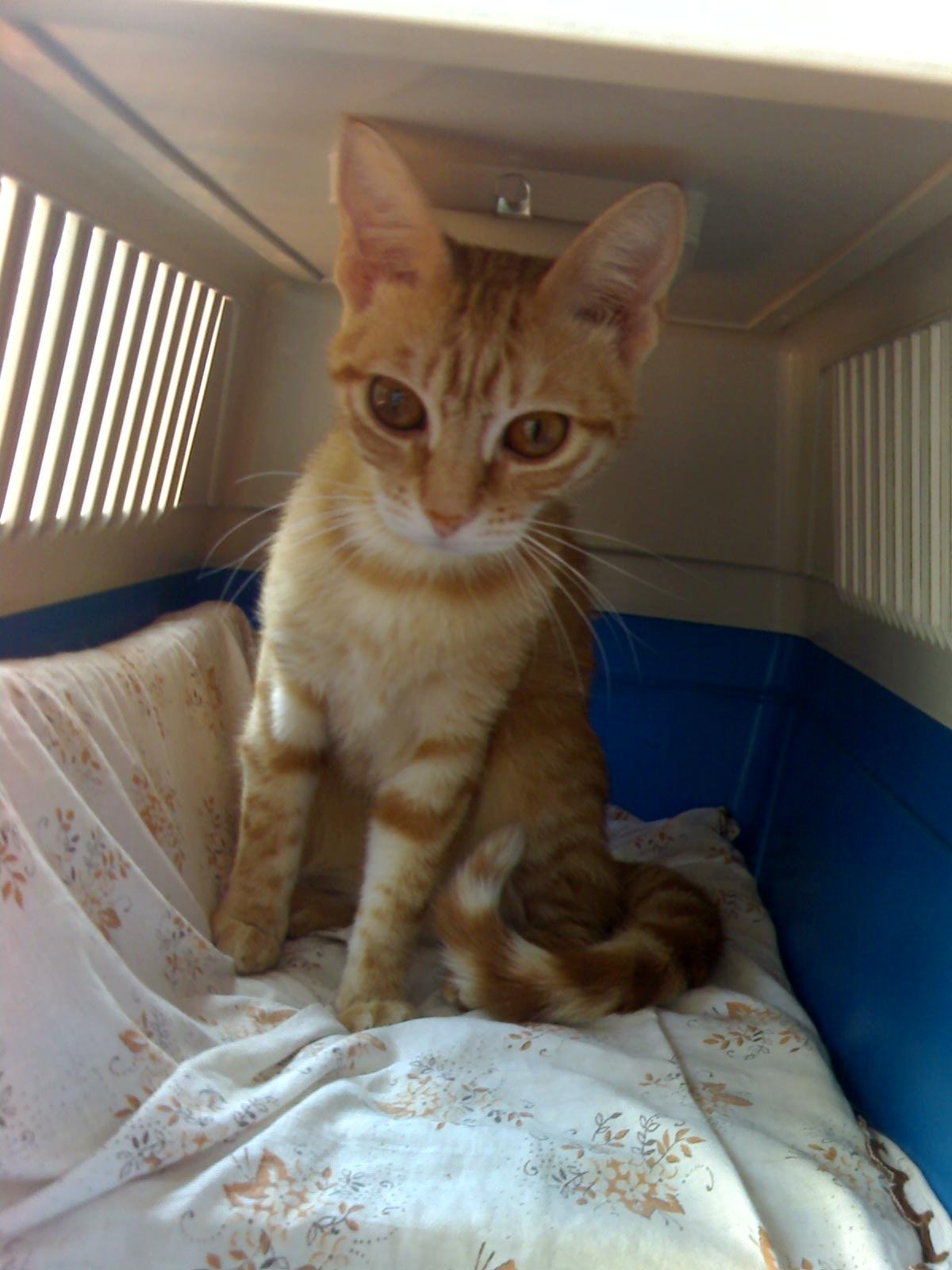
Selecting the right carrier is the first step in ensuring your cat’s safety during travel. Opt for a carrier that is sturdy and well-ventilated. It should be spacious enough for your cat to move around a bit, but not so large that they get tossed around during the drive. Hard-sided carriers are often recommended for car travel due to their durability. Make sure the carrier is secured in the backseat, as airbags in the front can be dangerous for pets. Always test the carrier at home to ensure your cat feels comfortable.
Familiarizing Your Cat with the Carrier

Cats are naturally cautious of new environments, so introducing them to the carrier well in advance of your trip is essential. Place the carrier in a familiar area of your home and encourage your cat to explore it at their own pace. You can make it more inviting by placing their favorite blanket or toy inside. Positive reinforcement, such as treats or praise, can also help your cat associate the carrier with a safe space. Gradually, they will see the carrier as a part of their territory.
Planning Rest Stops

Long car journeys require planning for rest stops, both for you and your cat. Aim to stop every couple of hours to let your cat stretch and use the litter box if necessary. Always ensure the car is parked in a safe area, with windows slightly open for ventilation. Never leave your cat unattended in the car, especially in extreme temperatures. Taking regular breaks can help reduce travel stress for your cat and provide them with a sense of normalcy.
Keeping Your Cat Calm
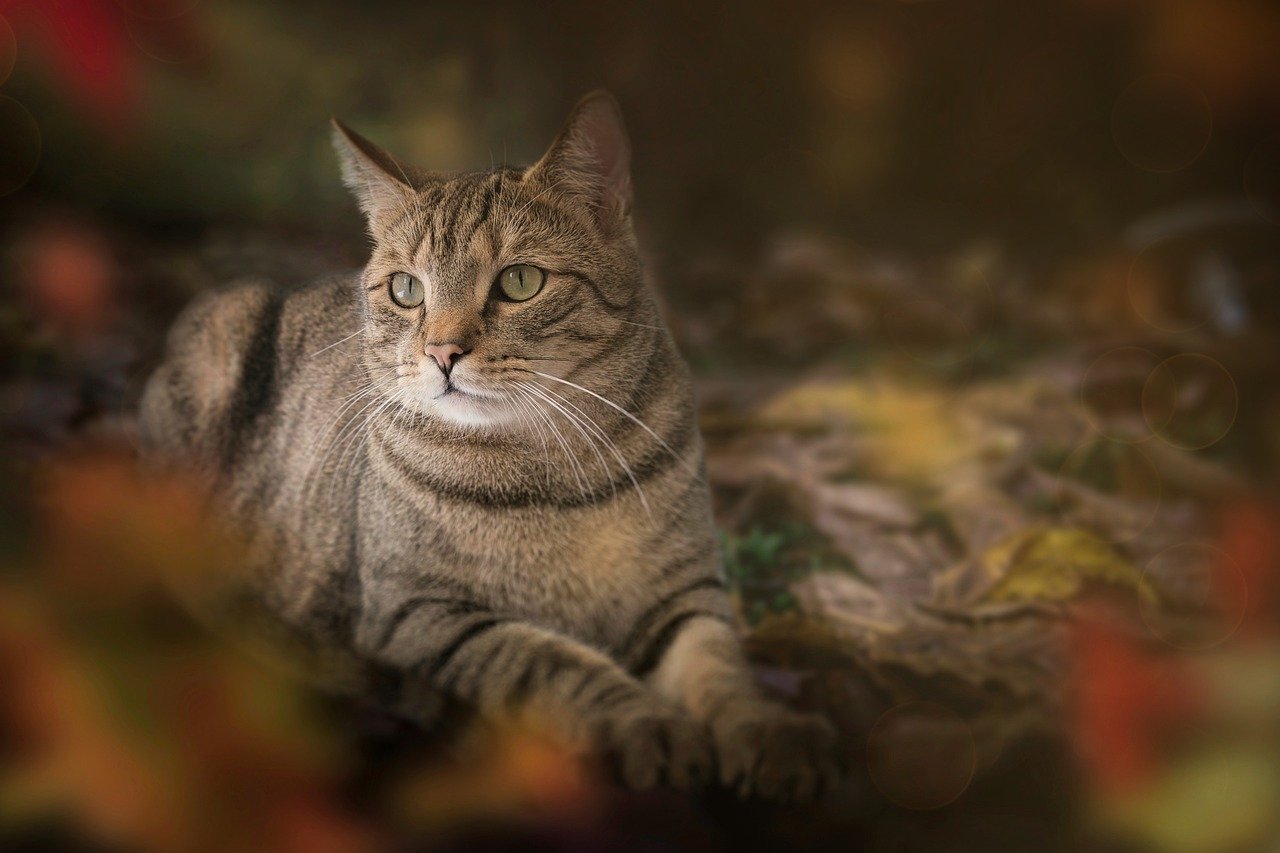
Travel can be stressful for cats, but there are ways to keep them calm. Playing soothing music or using pheromone sprays designed for cats can create a more relaxing environment. Some cats benefit from wearing anxiety-reducing vests, which apply gentle pressure to their bodies. If your cat is particularly anxious, consult your veterinarian about possible calming supplements or medications. Remember to speak softly and reassuringly throughout the journey to help your cat feel at ease.
Feeding and Hydration

Ensuring your cat stays hydrated and well-fed is vital during travel. Feed your cat a light meal a few hours before you set off, as a full belly can lead to motion sickness. Keep water available and offer it during rest stops. Collapsible travel bowls are convenient for this purpose. Avoid feeding your cat while the car is moving, as it can increase the risk of nausea. Proper nutrition and hydration will keep your cat comfortable and healthy during the trip.
Securing the Carrier in the Car
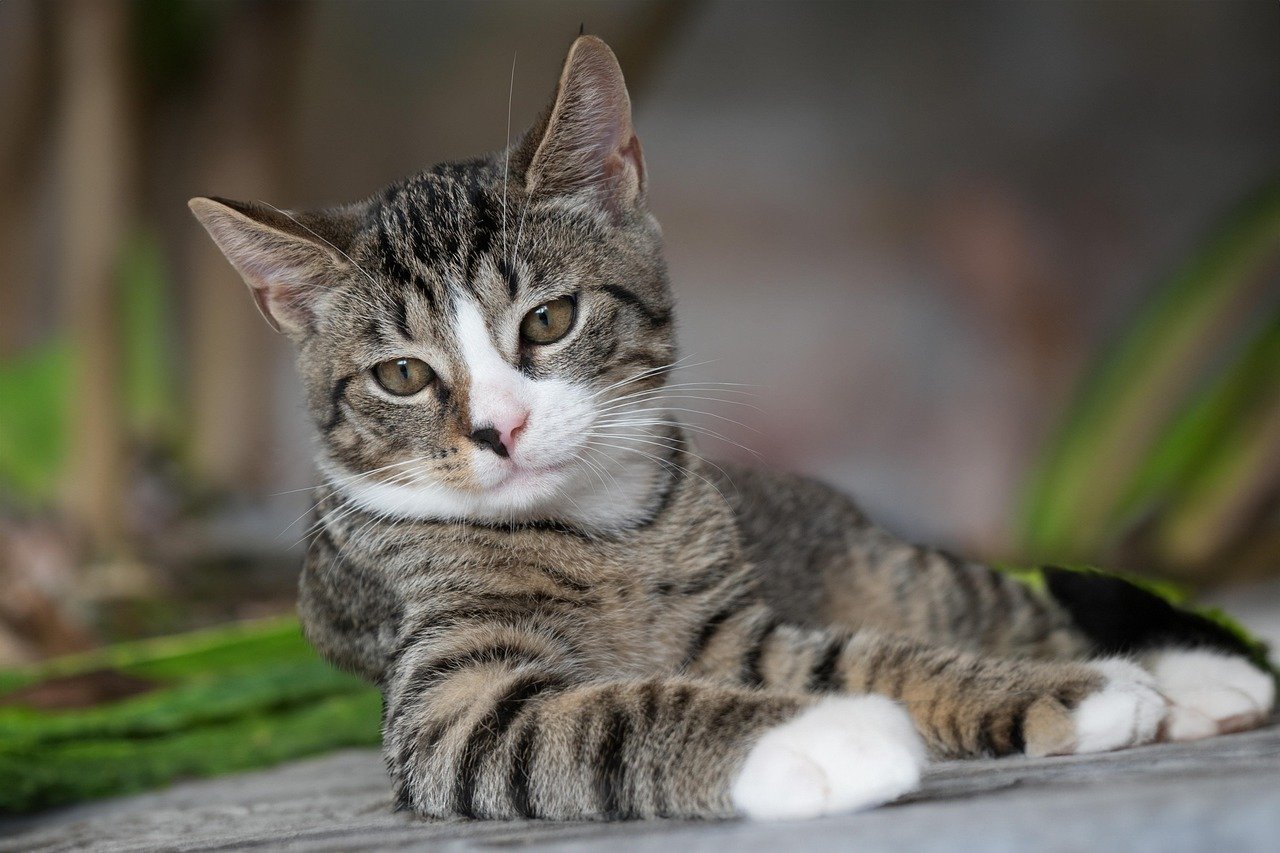
Safety is paramount, so securing the carrier properly is crucial. Place the carrier on the back seat and use a seatbelt to strap it in securely. This prevents the carrier from moving around in case of sudden stops or turns. Never place the carrier in the front seat due to the risk posed by airbags. A stable carrier setup offers peace of mind and keeps your cat safe throughout the journey.
Checking for Signs of Distress
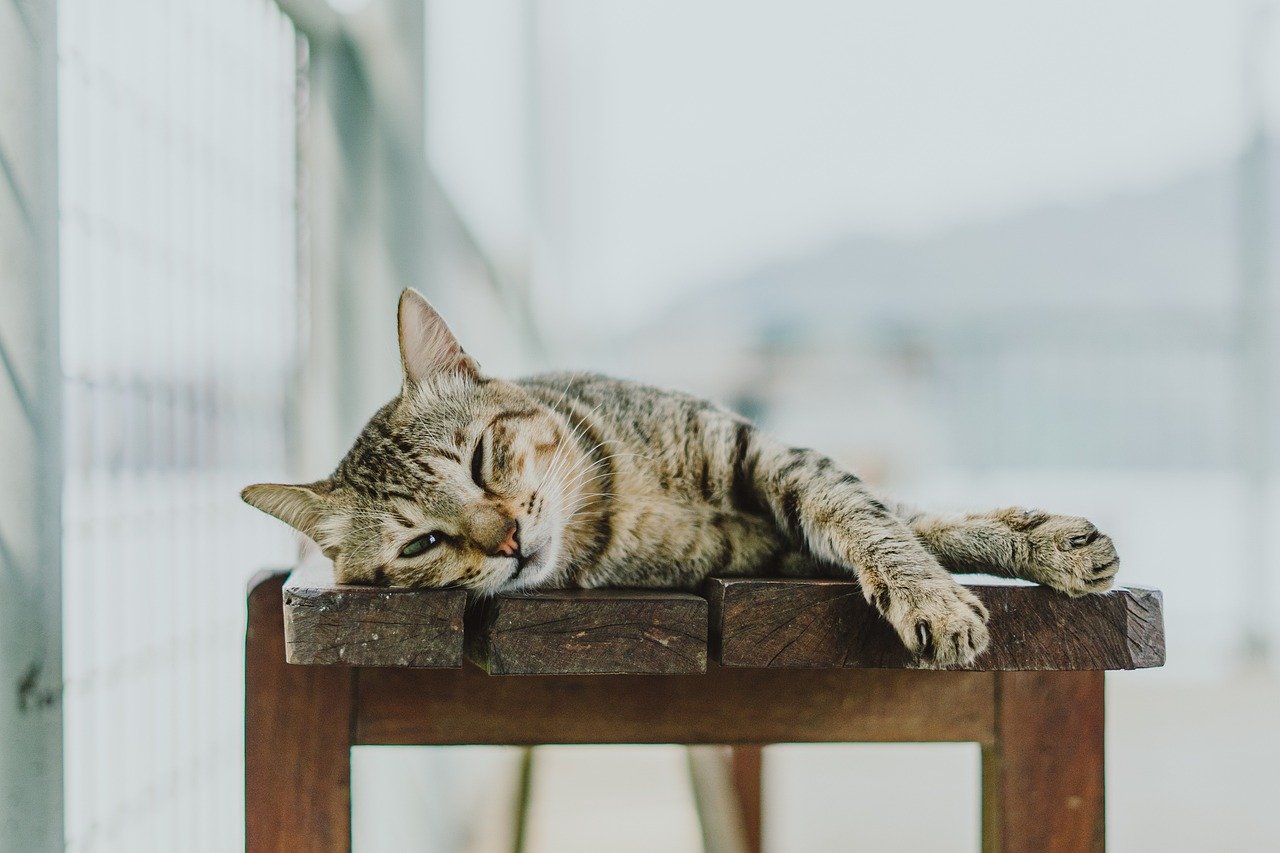
It’s important to monitor your cat for any signs of distress during the trip. Panting, excessive meowing, or restlessness can indicate that your cat is stressed. If you notice these behaviors, try to calm your cat with gentle reassurances and consider stopping for a break. A stressed cat may also refuse food or water, so keep an eye on their intake. Being attentive to your cat’s needs can help you address any issues promptly.
Preparing for Emergencies
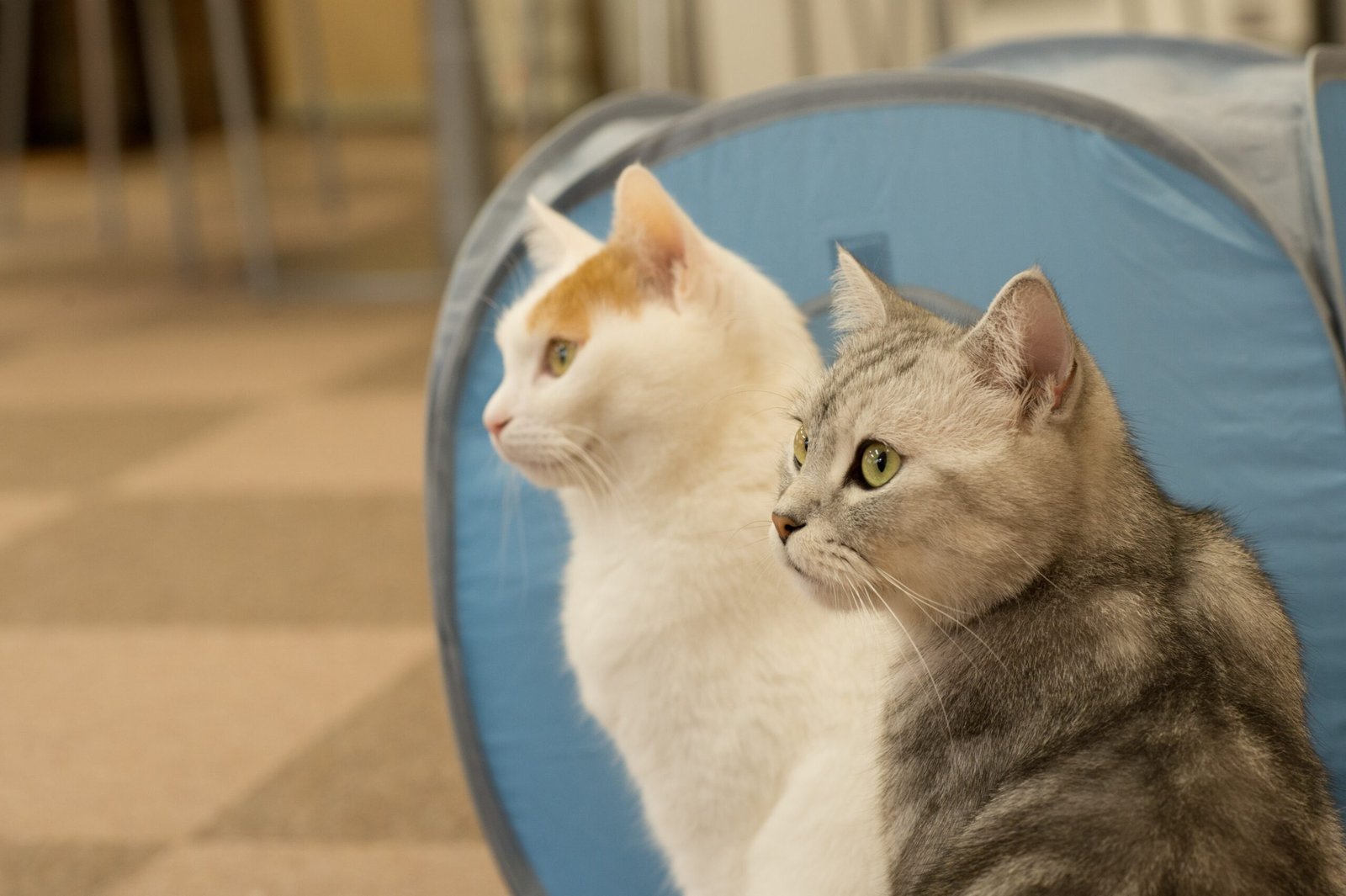
While no one likes to think about emergencies, being prepared is essential. Keep a pet first aid kit in your car, along with your cat’s medical records and vaccination history. Know the location of nearby veterinary clinics along your route in case of an emergency. It’s also a good idea to have a backup plan for accommodations that accept pets if your travel plans change unexpectedly. Preparation is key to handling emergencies calmly and effectively.
Using a Litter Box
Having a travel litter box is beneficial for long trips. Portable, disposable litter boxes are convenient and easy to use. During rest stops, find a quiet and secure area to set up the litter box for your cat. Some cats may not use the litter box while traveling, but having it available provides them with the option. A familiar-smelling litter can also help encourage your cat to use the box when needed.
Temperature Control

Maintaining a comfortable temperature in the car is crucial for your cat’s well-being. Cats are sensitive to temperature changes, so avoid extremes. Use the car’s climate control to keep the temperature moderate, and never leave your cat alone in a parked car, as temperatures can quickly become dangerous. In colder weather, ensure your cat has a warm blanket in the carrier. Proper temperature management ensures your cat remains comfortable and safe.
Preparing for Arrival

Before reaching your destination, consider your cat’s needs upon arrival. Set up a quiet, secure area where your cat can acclimate to their new surroundings. Ensure food, water, and a litter box are readily available. Allow your cat to explore at their own pace and provide them with familiar items like toys or bedding. A calm and organized setup helps your cat adjust smoothly to their new environment.
Using Identification and Microchips

Ensuring your cat has identification is a safety measure that can’t be overlooked. A collar with an ID tag that includes your contact information is essential. Microchipping your cat offers an additional layer of security, as it provides permanent identification. In case your cat gets lost during travel, having these measures in place increases the chances of a safe return. Always ensure your contact details are up-to-date.
Acclimating to Car Rides
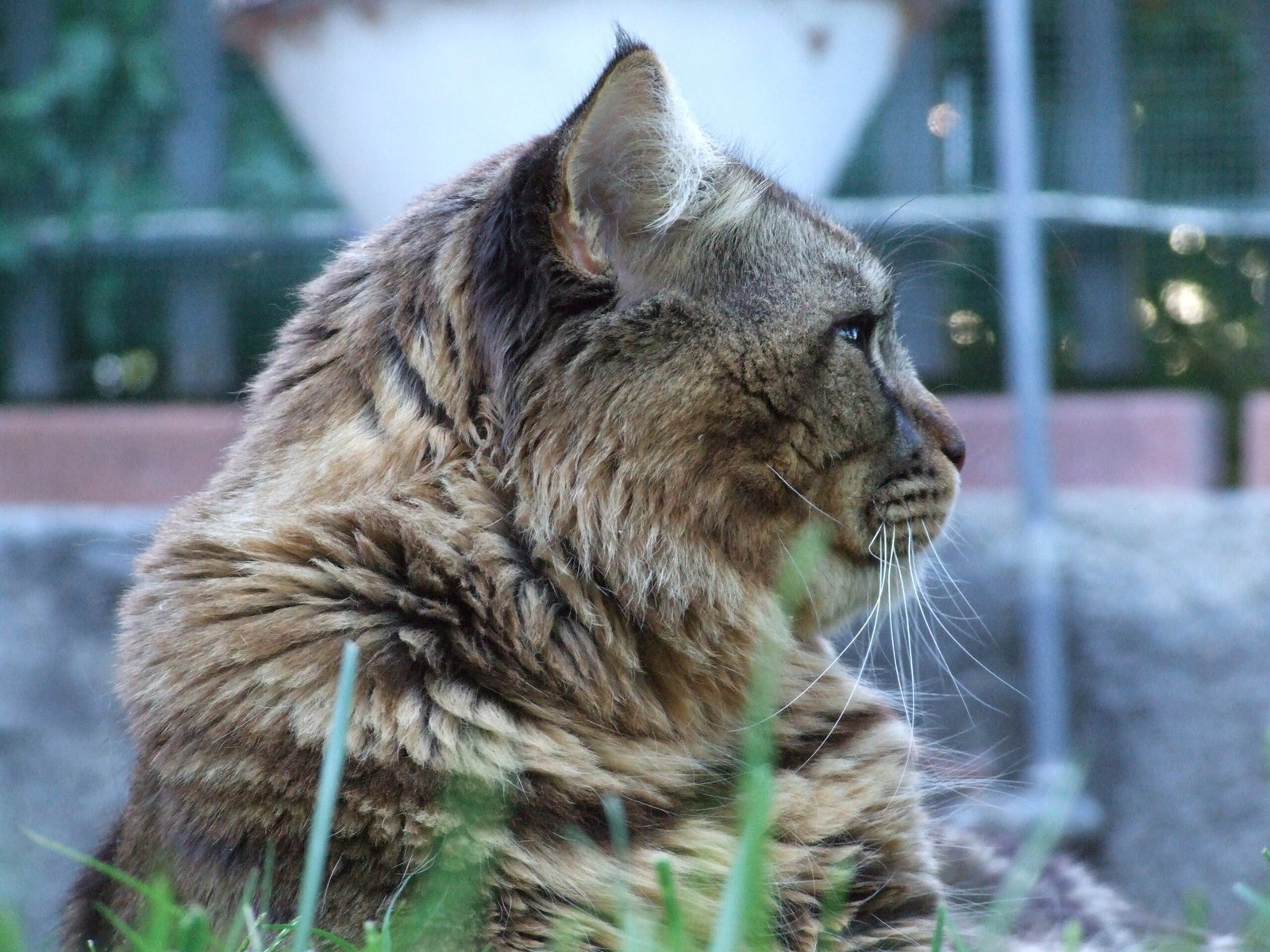
If your cat is new to car travel, gradually acclimate them to the experience. Start with short rides around the block to familiarize them with the sensation of moving in a car. Gradually increase the duration of the rides as your cat becomes more comfortable. Positive reinforcement, such as treats or verbal praise, can encourage calm behavior. With patience, your cat can learn to tolerate, if not enjoy, car rides.
Keeping a Routine
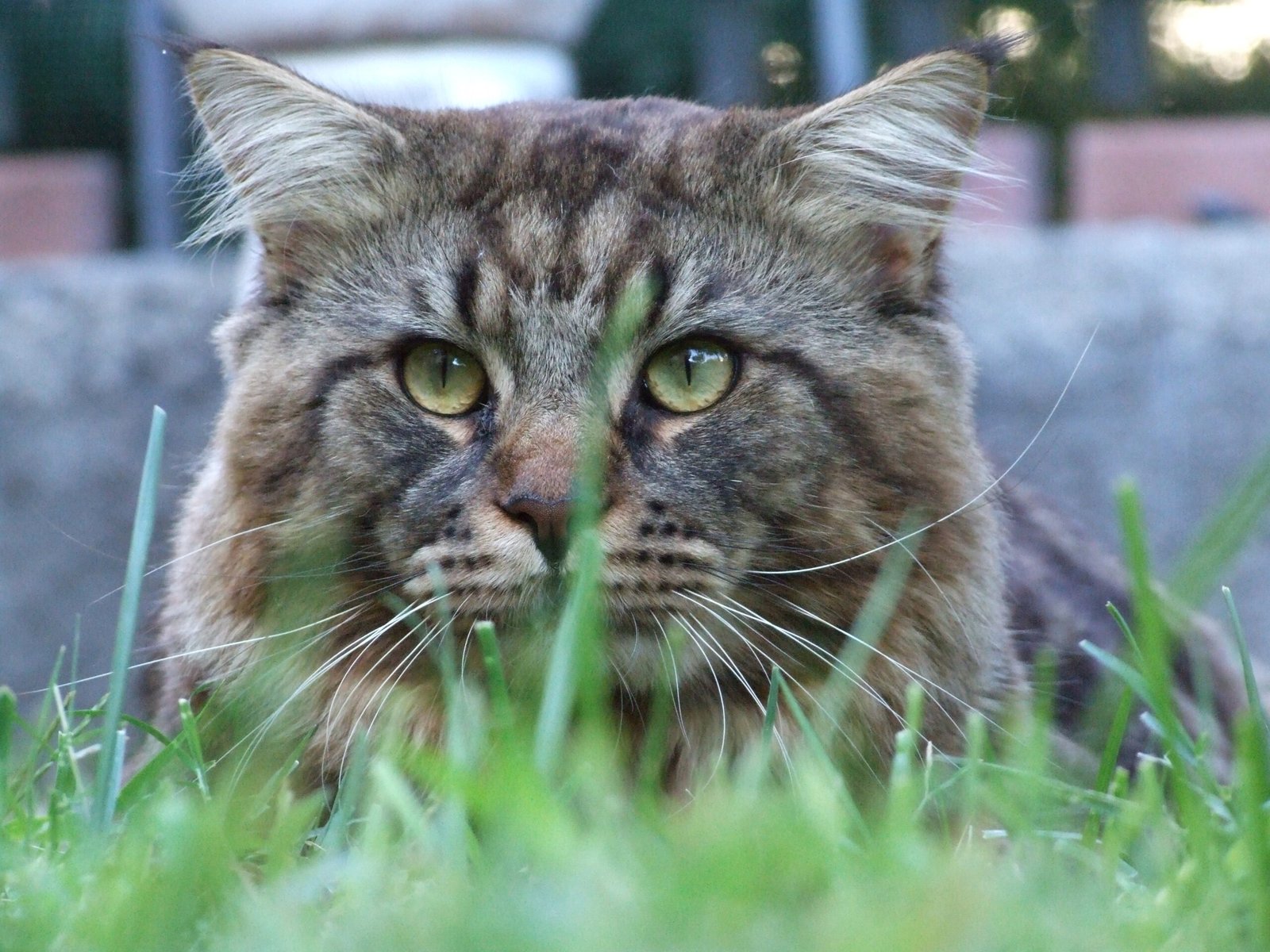
Cats thrive on routine, and maintaining some semblance of their daily schedule can help reduce travel stress. Try to feed, play, and interact with your cat at times similar to their routine at home. Familiarity provides comfort and can make the travel experience less daunting for your cat. Consistency in their schedule helps reassure them that everything is okay, even in a new environment.
Documenting the Journey
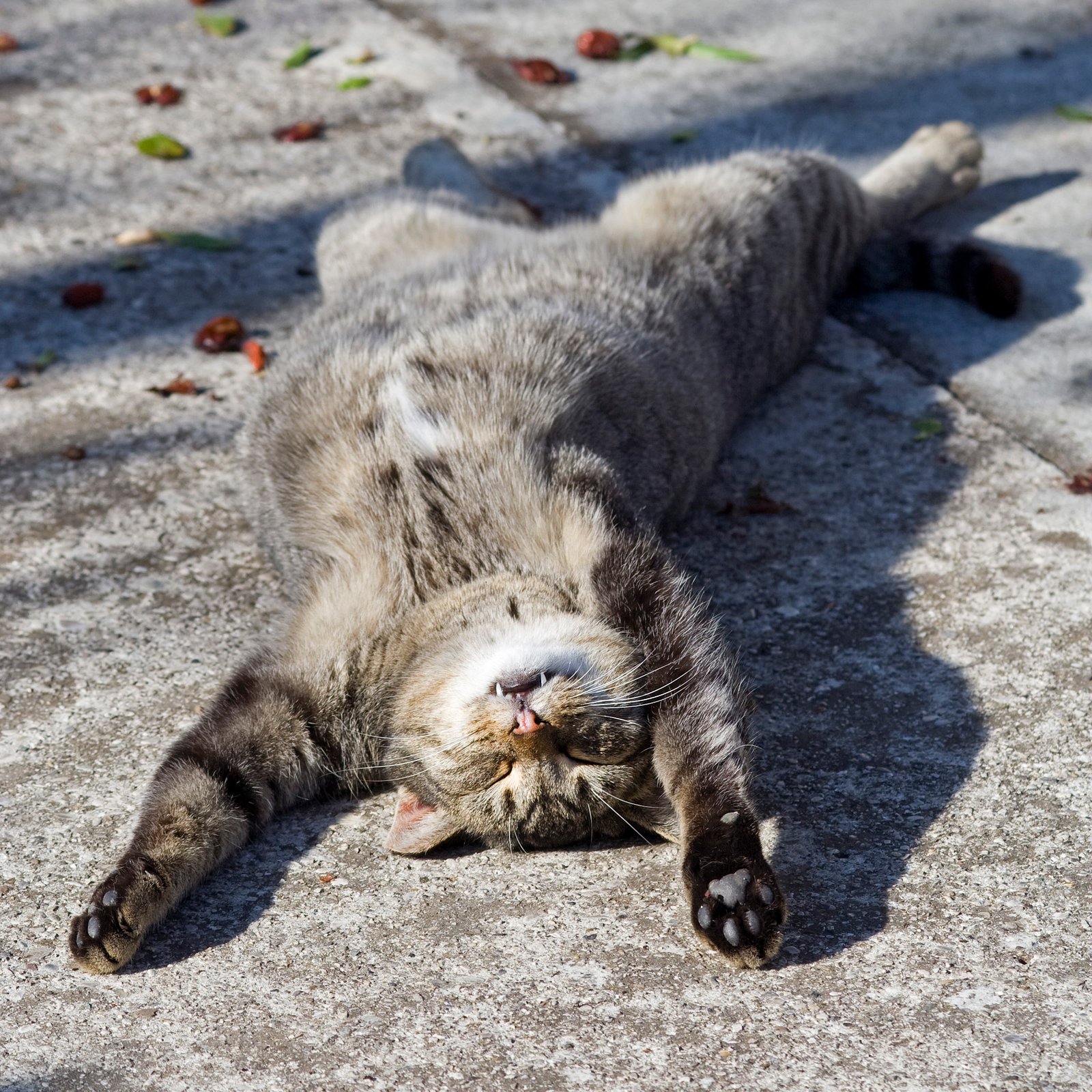
Documenting your travel adventures with your cat can be both fun and useful. Take photos and jot down notes about the places you visit and how your cat reacts to different environments. This can help you identify what works well for your cat and what might need adjusting in future trips. Sharing your experiences with fellow cat lovers can also be rewarding and provide valuable insights for others planning similar journeys.
Ensuring Post-Travel Comfort
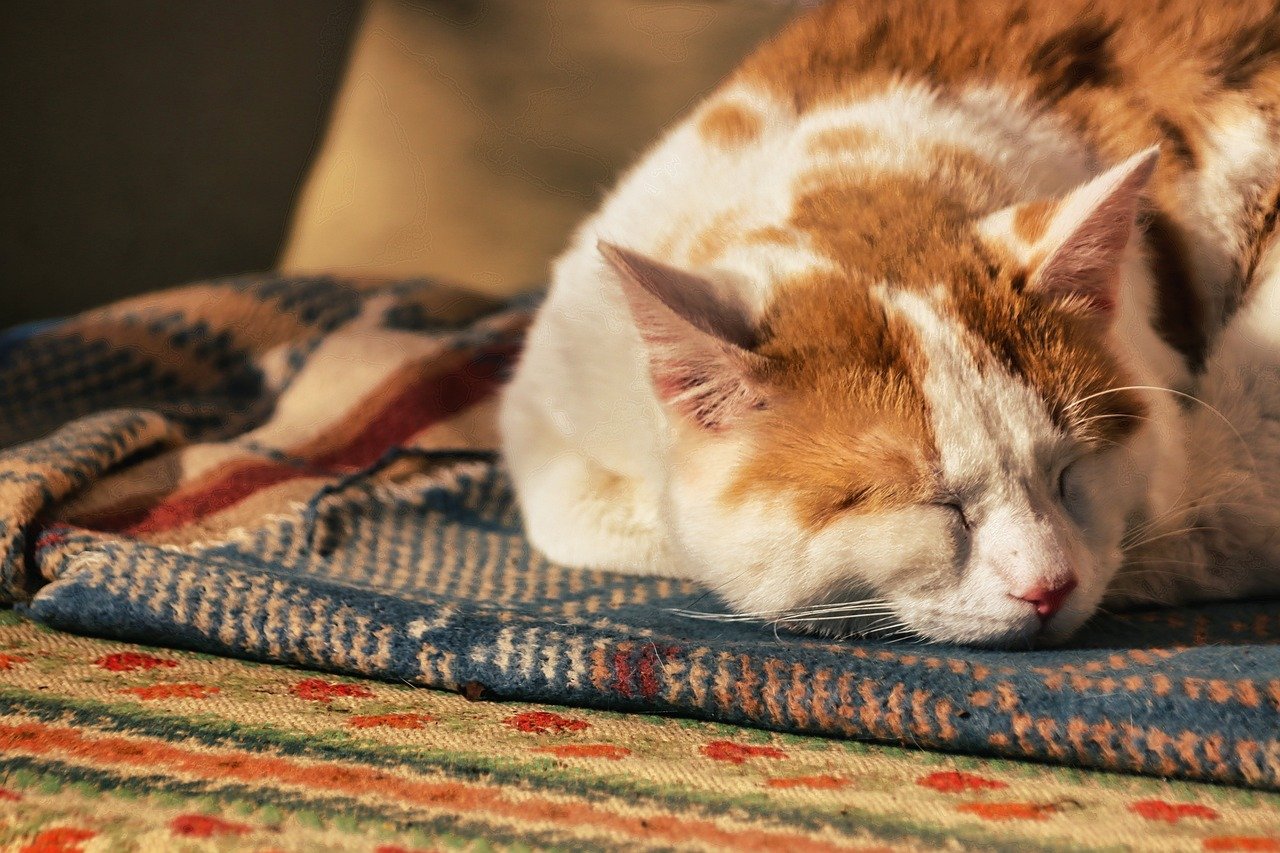
After a long journey, your cat will appreciate some downtime to recover. Allow them to rest and explore their new environment at their own pace. Provide plenty of affection and reassurance to help them settle in. Monitor their behavior for any signs of stress or discomfort, and address any issues promptly. A smooth transition after travel is important for your cat’s overall well-being.
Building Trust and Bond

Traveling with your cat can strengthen the bond you share. The shared experience of a journey can build trust and deepen your relationship. Use the time together to engage in activities your cat enjoys, such as playtime or gentle grooming. Positive interactions reinforce your bond and help your cat associate travel with enjoyable experiences. A strong bond makes future travels more enjoyable for both of you.
Exploring Pet-Friendly Destinations

Choosing pet-friendly destinations adds to the enjoyment of your trip. Many parks, hotels, and attractions welcome pets, providing opportunities for you and your cat to explore together. Research your destination in advance to find places that accommodate pets and offer activities you can enjoy with your feline companion. A pet-friendly environment enhances the travel experience and ensures your cat feels included in the adventure.
Understanding Your Cat’s Limits
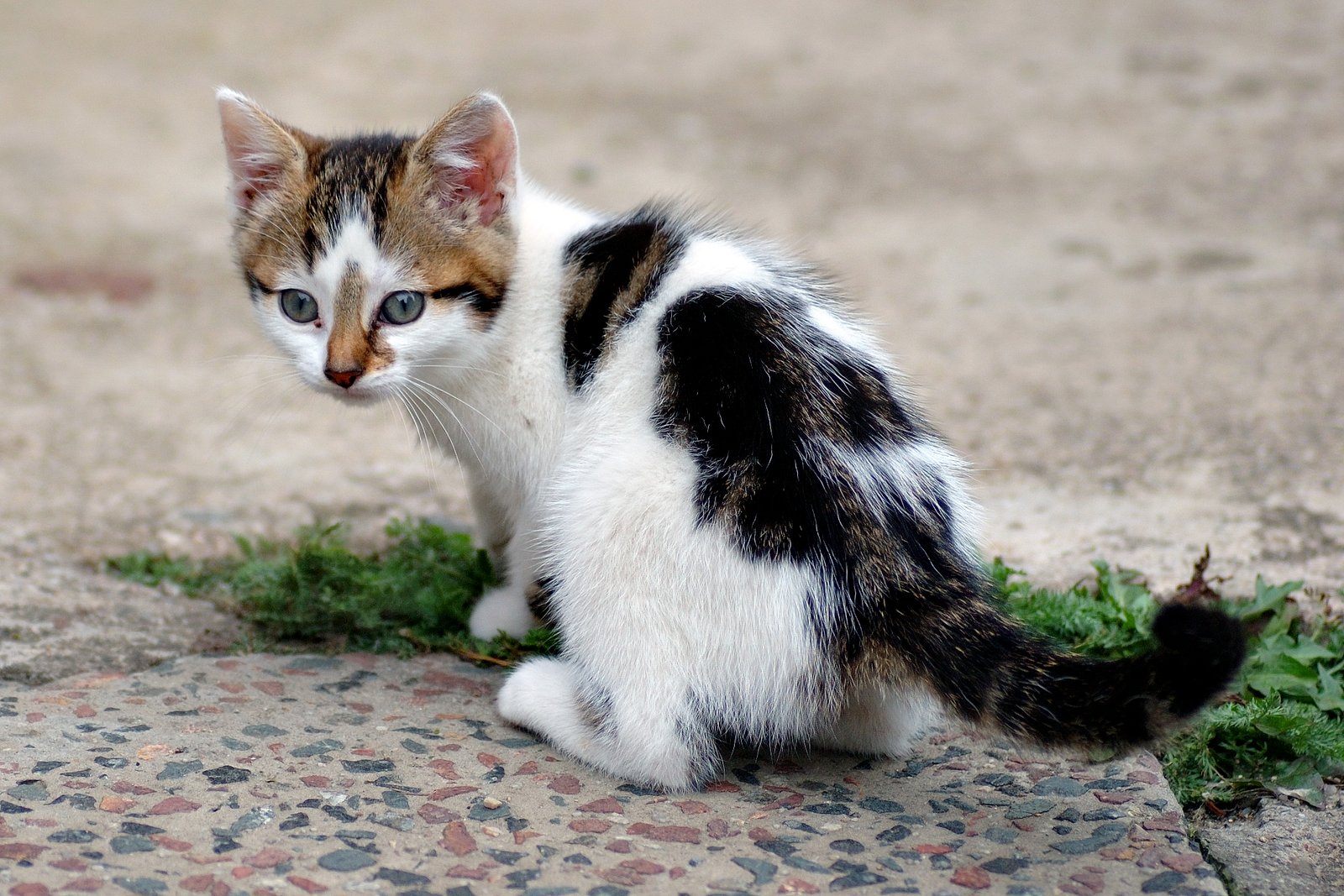
Every cat is unique, and understanding your cat’s limits is essential for a safe and enjoyable travel experience. Some cats may be more adventurous, while others prefer short trips. Pay attention to your cat’s cues and adjust your plans accordingly. Respecting their comfort levels ensures a positive experience for both of you. With patience and understanding, you can create memorable journeys that cater to your cat’s individual needs.
In conclusion, traveling safely with your cat in the car requires careful planning and consideration. By taking the time to prepare, understanding your cat’s needs, and ensuring their comfort, you can create a positive travel experience for both you and your feline friend.
Hi, I’m Bola, a passionate writer and creative strategist with a knack for crafting compelling content that educates, inspires, and connects. Over the years, I’ve honed my skills across various writing fields, including content creation, copywriting, online course development, and video scriptwriting.
When I’m not at my desk, you’ll find me exploring new ideas, reading books, or brainstorming creative ways to solve challenges. I believe that words have the power to transform, and I’m here to help you leverage that power for success.
Thanks for stopping by, Keep coming to this website to checkout new articles form me. You’d always love it!






